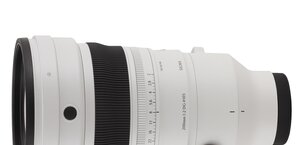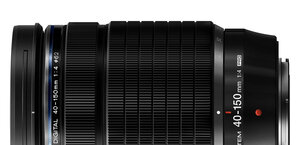Olympus M.Zuiko Digital ED 12-45 mm f/4.0 PRO
8. Vignetting
| E-M5 II, JPEG, 12ámm, f/4.0 | E-M5 II, JPEG, 12ámm, f/5.6 |
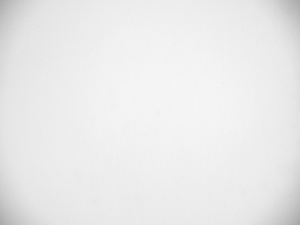
|

|
| E-M5 II, JPEG, 25ámm, f/4.0 | E-M5 II, JPEG, 25ámm, f/5.6 |

|

|
| E-M5 II, JPEG, 45ámm, f/4.0 | E-M5 II, JPEG, 45ámm, f/5.6 |

|

|
In the case of the combination of 12 mm focal length and f/4.0 aperture you have to take into account a loss of 29% of ligh in frame corners (-1.00 EV). Stopping down the apertue to f/5.6 allows you to diminish that loss to 22% (−0.71 EV), and employing the f/8.0 aperture makes vignetting decrease further to 16% (−0.50 EV). Results reached by f/11.0 and f/16.0 are the same, amounting to 12% (−0.38 EV).
Please Support UsIf you enjoy our reviews and articles, and you want us to continue our work please, support our website by donating through PayPal. The funds are going to be used for paying our editorial team, renting servers, and equipping our testing studio; only that way we will be able to continue providing you interesting content for free. |
- - - - - - - - - - - - - - - - - - - - - - - - - - - - - - - - - - - - - - - - - - - - - - - -
In the middle of the focal range vignetting is distinctly lower and at the maximum relative aperture it reaches just 14% (−0.45 EV). On stopping down the aperture to f/5.6 it becomes practically imperceptible, being just 9% (−0.29 EV).
A slight increase of vignetting can be perceived at the maximum relative aperture where, by f/4.0, it gets to 19% (−0.62 EV). Like previously, the f/5.6 aperture is able to eliminate the problem practically completely as light fall-off decreases to a value of just 7% (−0.22 EV).
In the distortion chapter we mentioned that the lens doesn't manage to control that aberration at all, allowing software of the camera to correct it instead. It is done at a cost – images have to be cropped so, at the shortest focal lengths, areas with the highest vignetting are simply removed. Now let's check the vignetting level on RAW files – appropriate thumbnails can be found below.
| E-M5 II, RAW, 12ámm, f/4.0 | E-M5 II, RAW, 12ámm, f/5.6 |
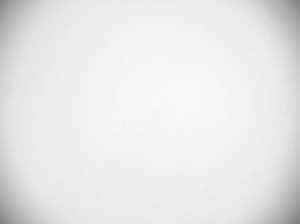
|
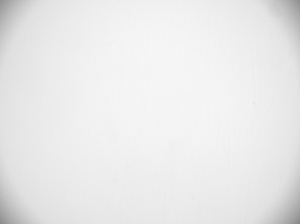
|
| E-M5 II, RAW, 25ámm, f/4.0 | E-M5 II, RAW, 25ámm, f/5.6 |

|

|
| E-M5 II, RAW, 45ámm, f/4.0 | E-M5 II, RAW, 45ámm, f/5.6 |

|

|
According to our expectations, the results at 12 mm are now noticeable higher. By f/4.0 you deal with a distinct level of 46% (−1.76 EV), which decreases to 40% (−1.48 EV) on stopping down the aperture to f/5.6. Further reduction of the relative aperture doesn't influence vignetting so much. By f/8.0 that aberration reaches 38% (−1.40 EV), by f/11.0 it amounts to 36% (−1.30 EV), and by f/16.0 it is close to a still noticeable value of 33% (−1.14 EV).
At longer focal lengths, with lower distortion levels, results of our measurements for RAW files are just slightly higher than respective values we got on JPEG files. Differences reach just 1-2% so are on the borderline of measuring error.
Using the 25 mm focal length and f/4.0 aperture you have to take into account vignetting of 15% (−0.47 EV), which decreases to 10% (−0.31EV), when you stop down the aperture to f/5.6.
At the maximum focal length and f/4.0 aperture light fall-off in the frame corners amounts to 21% (−0.67 EV) and it decreases to an imperceptible value of 8% (−0.24 EV) on stopping down the aperture to f/5.6.
| Olympus O-MD E-M5 MarkáII, RAW, 12ámm, f/4.0 |
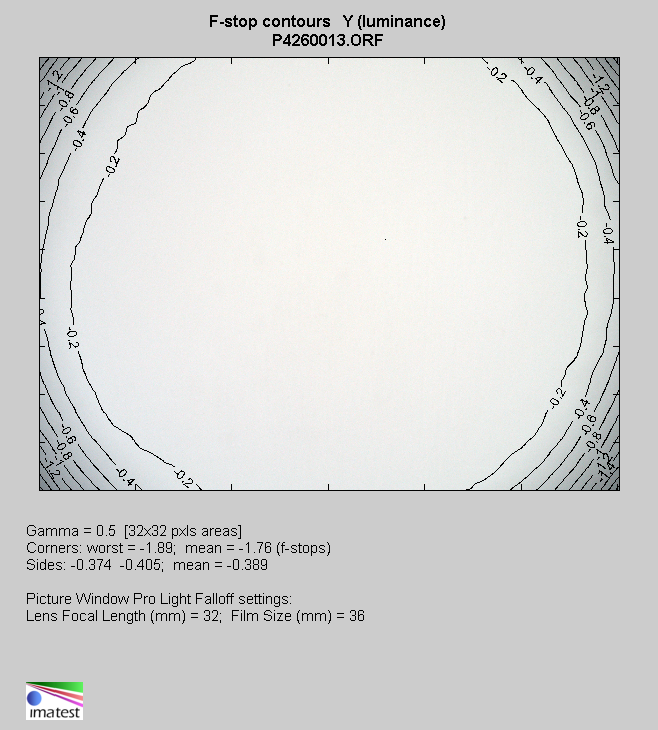 |
| Olympus O-MD E-M5 MarkáII, RAW, 25ámm, f/4.0 |
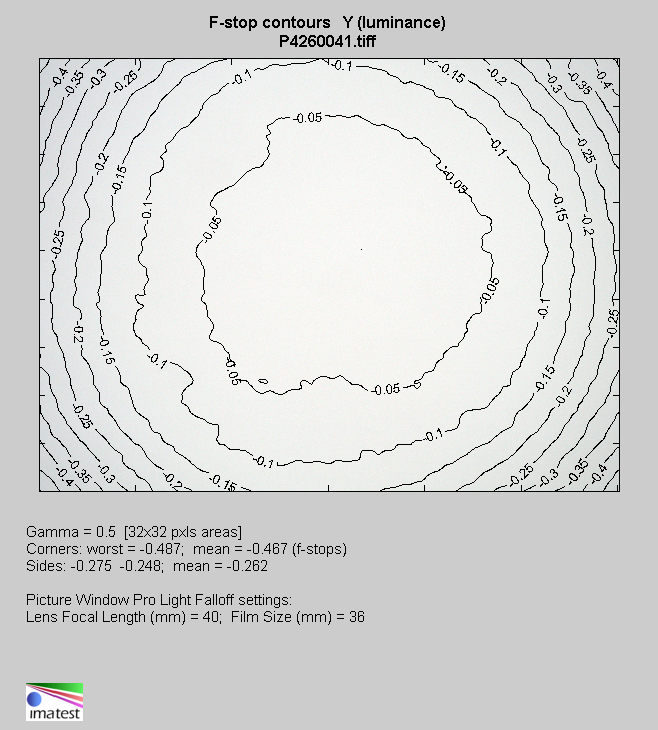 |
| Olympus O-MD E-M5 MarkáII, RAW, 45ámm, f/4.0 |
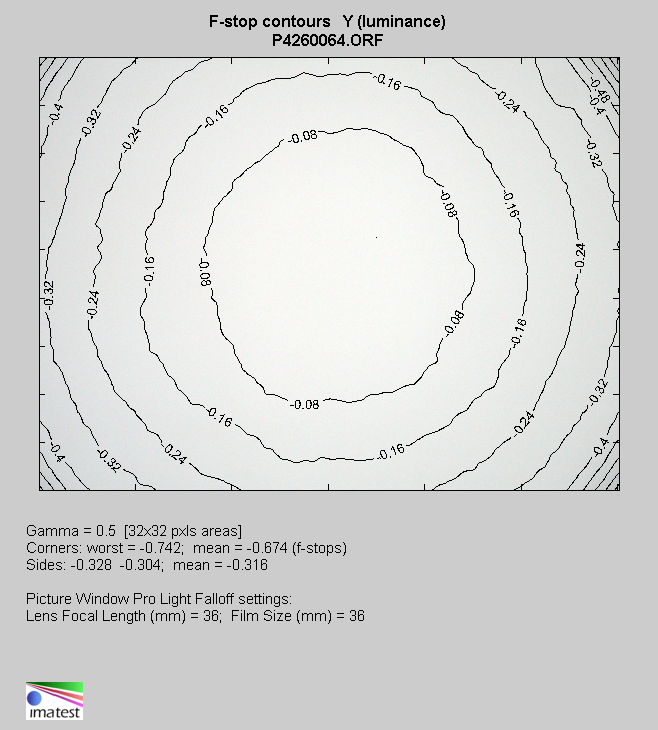 |




